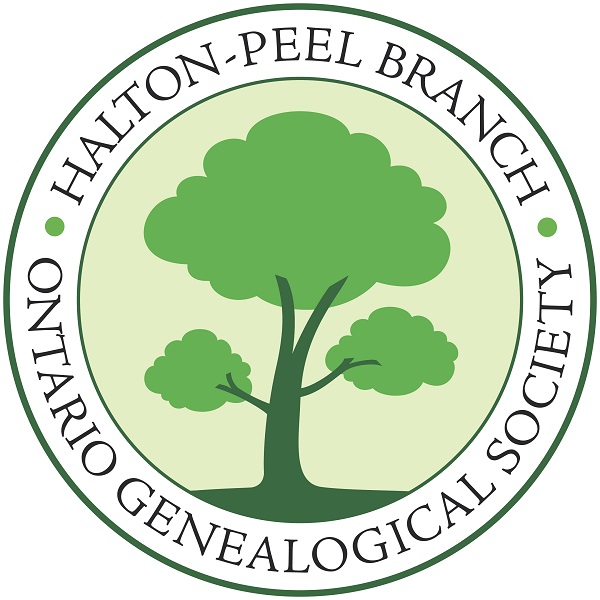Bayview Cemetery & Crematorium
S Lot 11, BF (Broken Front), East Flamborough Township.
740 Spring Gardens Road, Burlington.
GPS 43.3863°N, –79.82988°W
History: This mausoleum, originally known as the Hamilton Mausoleum, is of the classic Greek-Doric style located on a site overlooking the Hamilton Bay and adjoining Woodland Cemetery. Well in advance of its construction, many Hamilton families contracted for space in the building. Construction took place in 1926 and 1927. The original owner was Oscar M. Trano who died in 1955. Pat Markey of Hamilton bought the property in 1985 and changed the name to Bayview Cemetery and Crematorium.
A central feature of the building is the front entrance. Steps lead up to a portico or porch where four Corinthian fluted pillars, surmounted by a lintel, support the roof. Bronze doors open onto the narthex at the rear of a large upper floor chapel. From each side of the narthex, a wide main corridor extends to each end of the building. From this corridor, four side aisles (two on each side of the chapel) extend to the rear of the building. The sides of the corridors contain numbered sections. These are tiers of crypts for burial compartments faced with marble tablets for inscriptions. The corridor arrangement is the same on the lower floor. The room below the main chapel contains a smaller chapel, which is connected to the main chapel by a wide marble staircase, which descends from each side of the pulpit. All floors are of marble. There are doors from the outside at each end of the lower main corridor, although it is the left side door that is ordinarily used for access. There are large stained glass windows at the ends of some corridors and aisles, also at the stairway in front of the main chapel. These are the work of James Blomfield, a well-known painter and stained glass artist who died in 1951 and is buried in the mausoleum (Tier 106, crypt D).
Within the mausoleum, some sections that have not been numbered are divided into tiers or shelves of small compartments called niches. They are large enough to hold an urn containing cremated remains. The section of wall containing niches is called a columbarium. There are four columbaria that contain glass-covered niches. Through the glass one can see not only the urn, but also a photograph or a card and a dedication marker containing an inscription. Other niches that contain an urn have a bronze cover with an inscription. A third common type of marker at Bayview Cemetery is called a scatter marker. These are the markers for people whose cremated remains have been scattered. The markers are made of bronze and are the size of nameplates that bear an inscription. They are grouped together in rows and columns. One group is on the wall of the marble staircase between the floors. The other groups are in an outside area overlooking the Bay.
There are also three other outside grassed and gardened areas, called the Birch Circle, the Bayview Glen and the Walnut Grove. The Birch Circle is located in an area in front of the Mausoleum. Its main feature is its interesting curved stone walls that are divided into four sections which serve as columbaria. The Bayview Glen and the Walnut Grove are located in an area behind the mausoleum where the burial compartments are of the niche type. They are either in columbaria or are in the ground with markers made of bronze or granite.
Cremations commenced in 1958 with an installation inside the mausoleum. In 1969, a separate building was erected as the crematorium. It is attached to the rear of the mausoleum and has a doorway into a lower floor corridor. In 1992, a joint venture between the Halton-Peel and Hamilton Branches of the Ontario Genealogical Society transcribed all the memorial markers — a total of 1736 inscriptions. [by Marie Ionson and John Quinsey]
Transcriptions of this cemetery are available on-line by  credit card from the O.G.S. web site – click here for price/order.
credit card from the O.G.S. web site – click here for price/order.



